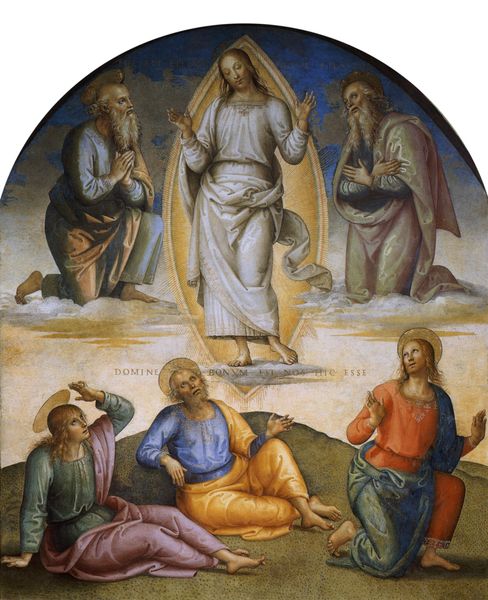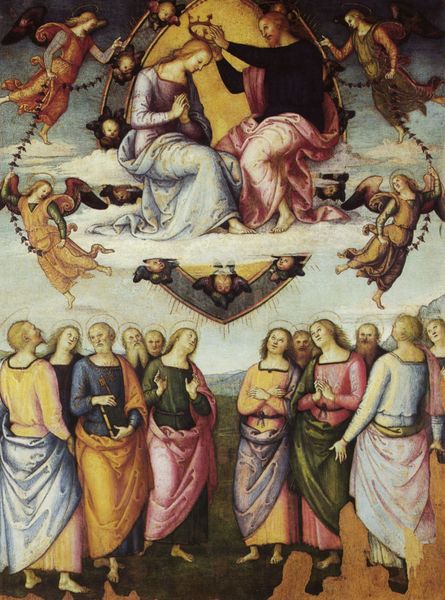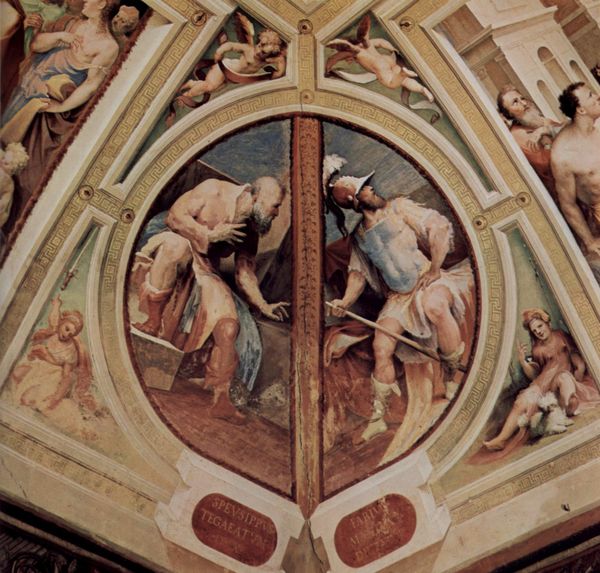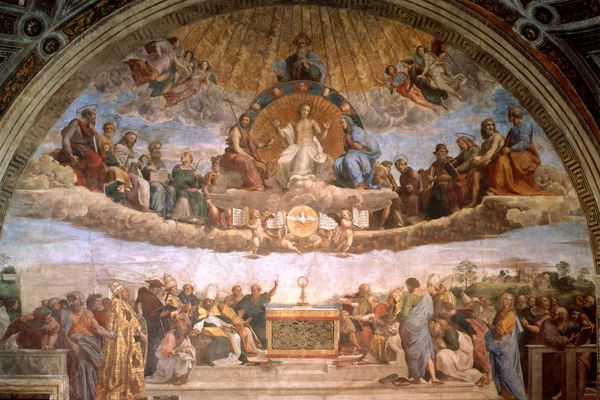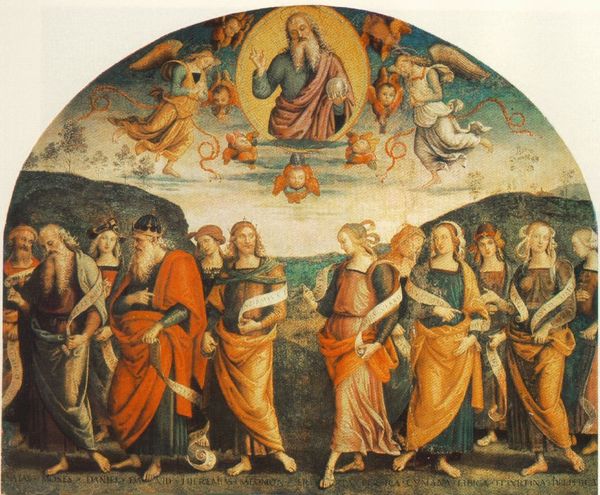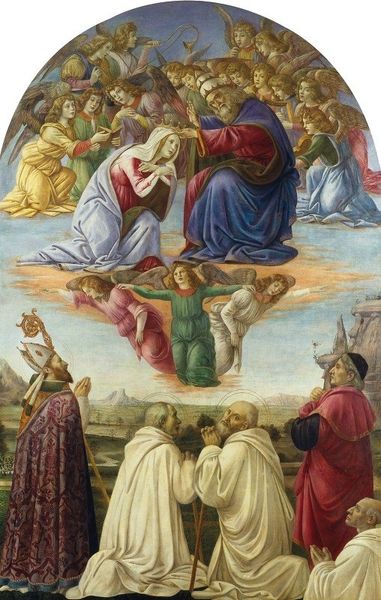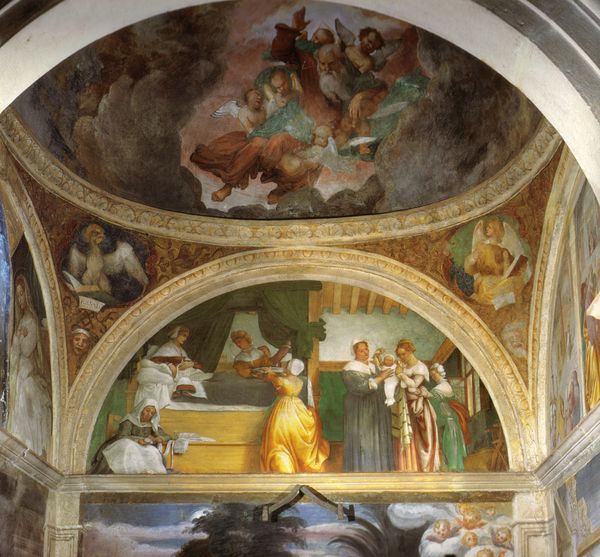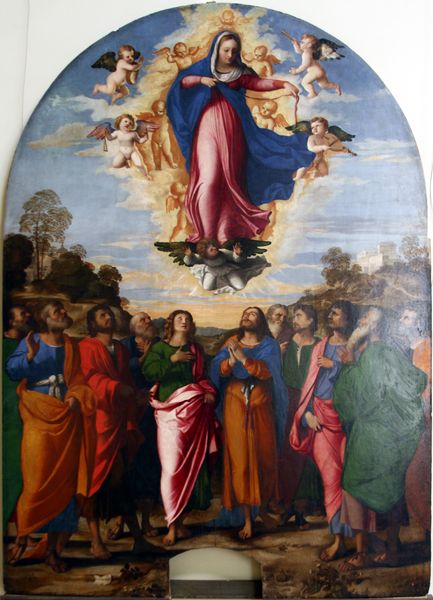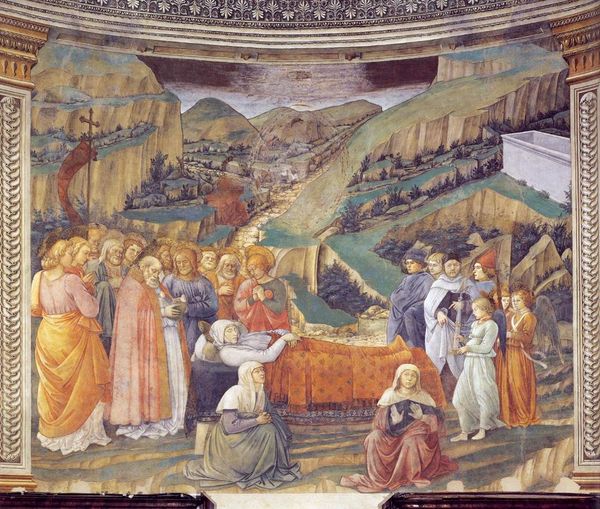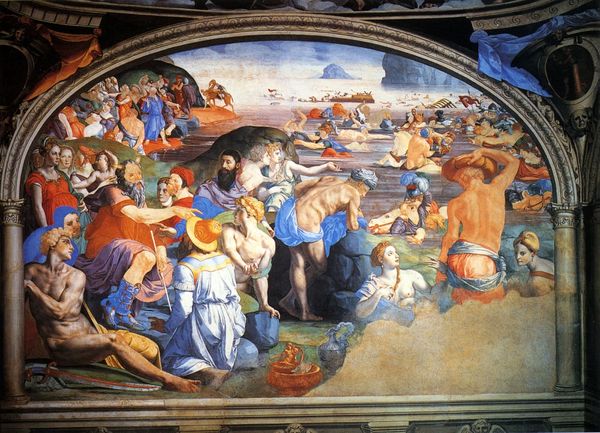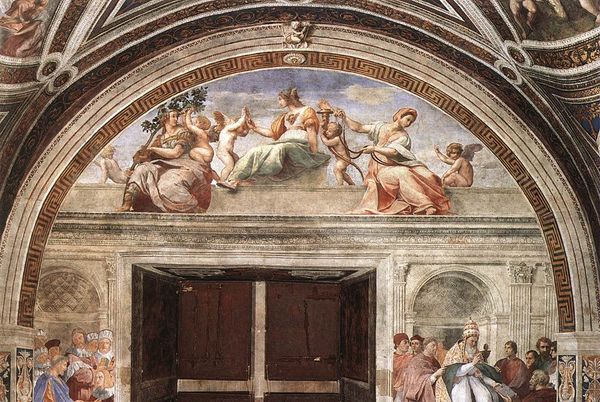The Parnassus, from the Stanza delle Segnatura 1511
🔒Audio guide available with collection purchase
oil-paint, fresco
#
high-renaissance
#
allegory
#
oil-paint
#
landscape
#
fresco
#
11_renaissance
#
oil painting
#
history-painting
#
italian-renaissance
Copyright: Public domain
Comments
No comments
Be the first to comment and join the conversation on the ultimate creative platform.


